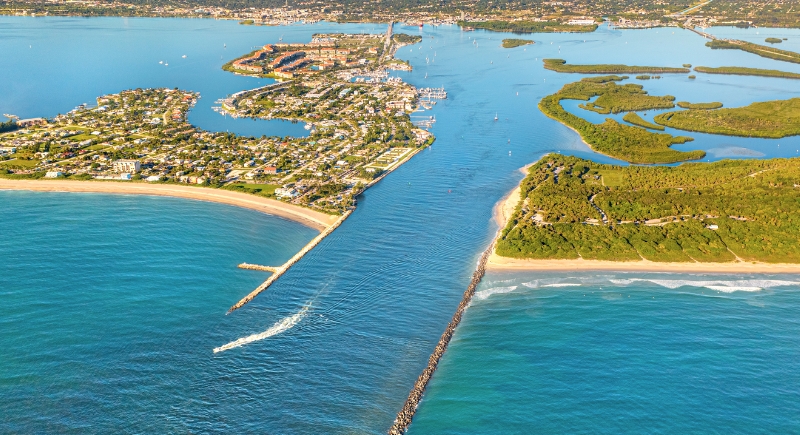A Team of Divers Just Found a Million-Dollar Treasure From a Spanish Shipwreck
Alongside Florida’s Atlantic shoreline, a team of divers has turned the legend of the “Treasure Coast” into reality once again. They uncovered more than 1,000 silver and gold coins, worth an estimated $1 million, resting in the sand for over three hundred years.
The Treasure Coast Still Lives Up to Its Name
The discovery came from the Fleet Queens Jewels, LLC, a Florida-based salvage company with exclusive rights to recover artifacts from the remains of the 1715 Spanish Treasure Fleet. Captain Levin Shavers and his crew aboard the M/V Just Right made the find near Ambersand Beach, north of Vero Beach. The treasure included 1,051 silver coins, known as reales, and five gold coins, called escudos, recovered after months of careful searching.
Each coin carries the story of the Spanish Empire’s vast colonial reach. The reales and escudos were minted in Spanish colonies such as Bolivia, Mexico, and Peru, and many still display visible mint marks and dates despite centuries underwater. Salvage director Sal Guttuso described the find as rare and extraordinary because of its value and history.
The Hurricane That Changed History
The story behind these treasures began over three centuries ago. In July 1715, a fleet of eleven Spanish ships set sail from Havana, Cuba, carrying what was known as “the queen’s jewels.” This shipment of gold, silver, and gems is worth roughly $400 million in today’s money. Their mission was to deliver the riches of the New World back to Spain.
However, on July 31, 1715, a powerful hurricane, likely the strength of a modern Category 4, struck off Florida’s coast. The storm shattered the fleet and sent ships and crew into chaos. Nearly 1,000 lives were lost, and all eleven ships sank. The survivors who reached the beaches between Sebastian and Fort Pierce built makeshift shelters and tried to recover what they could.
Most of the treasure, however, vanished beneath the waves along what’s now fittingly called the Treasure Coast.
Under federal admiralty law, Queens Jewels holds rights to the shipwrecks. Florida law requires the company to obtain permits for underwater exploration. When treasure is found, the state keeps 20% of the recovered artifacts for museums and research. The rest is divided among the salvaging teams after approval from the federal court.
The team’s methods combine modern technology with a level of patience that borders on obsession. Divers use underwater metal detectors and suction tools to sift through sand, sometimes revealing coins still clumped together, their shapes preserved by encrusted burlap sacks as evidence they may have once been stored in chests that broke apart as the ships sank.
The Return of the Queen’s Jewels

Image via Wikimedia Commons/JonathanPuello
Some of the newly found pieces will undergo conservation before being displayed in Florida museums, where the public can see the remnants of a storm that reshaped the region’s history. Even after three centuries, the sea off Florida’s Treasure Coast keeps giving up secrets.